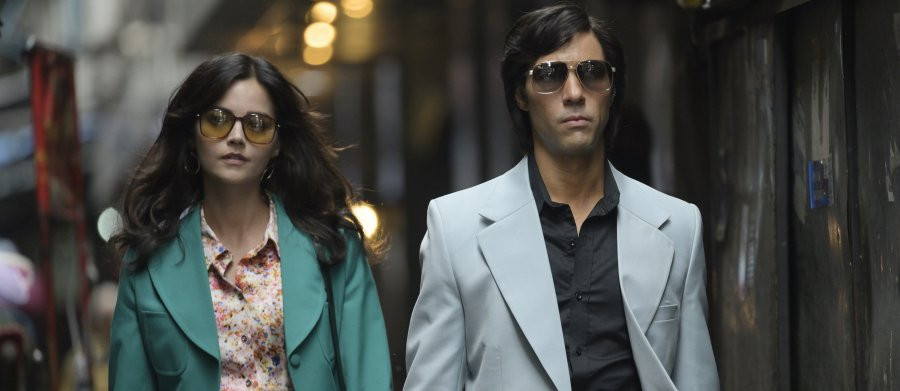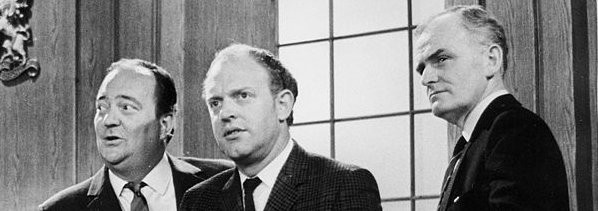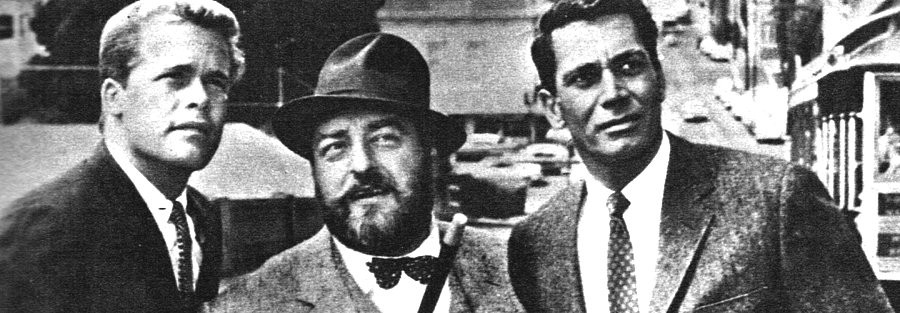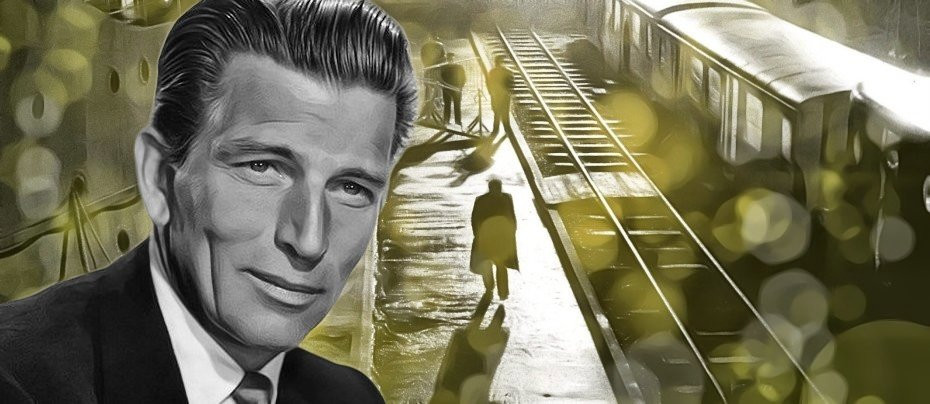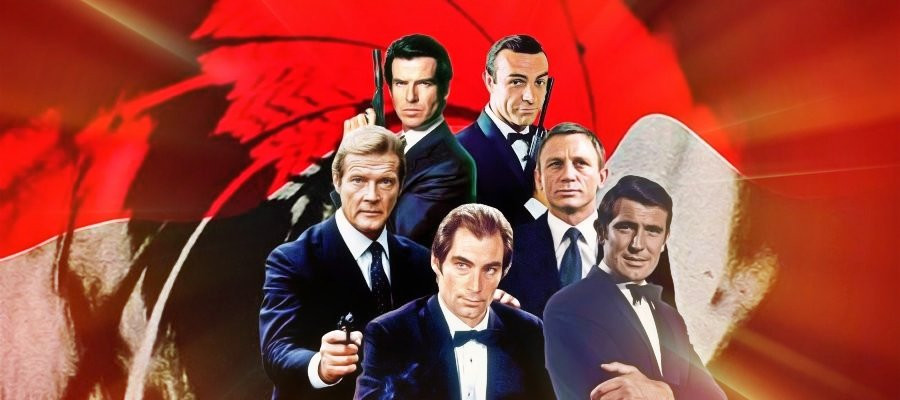
The Saint
1962 - United KingdomThe Saint, the classic British television series starring Roger Moore, has endured as a quintessential entry in the detective and adventure genre, leaving an indelible mark on television history. Running from 1962 to 1969, the series became a major success both in the UK and internationally, laying the groundwork for Moore's later, iconic role as James Bond. But The Saint was far more than a springboard for Moore’s career; it was also a unique, charming, and occasionally subversive take on the adventurous, globe-trotting hero.
The Saint is based on the character created by author Leslie Charteris, whose first novel featuring the character, Meet the Tiger, was published in 1928. Charteris, born in Singapore in 1907, had already proven himself a gifted writer, but it was the creation of Simon Templar (the initials ST giving rise to his nom de plume), a suave, morally ambiguous adventurer, that would ensure his place in literary history. Templar is best described as a charming rogue—intelligent, fearless, and with a tendency to take the law into his own hands, but he also maintained a strict moral code and an affinity for righting wrongs, often at personal cost.
Charteris was notoriously protective of his creation and insisted on a certain level of integrity for the character, taking great care to ensure that the media adaptations, whether film or radio, stayed true to Simon Templar’s essence. He demanded quality in the casting and writing of the television adaptations, and at one point, he had the final say on the choice of actors for various roles. When it came to the TV adaptation, he was particularly careful about maintaining the sophisticated, witty, and likable characteristics that defined Templar in his novels.
Before the television series, Simon Templar had been adapted to film, beginning in the 1938 RKO feature, The Saint in New York, starring Louis Hayward whose portrayal of Templar was far more sardonic and less light-hearted than the version many fans would come to associate with the character, but it captured some of the essential qualities of Templar's charm and wit. Not so was George Sanders portrayal that same year in The Saint Strikes Back. Sanders plays him as a suave, urbane and sophisticated hero who is rarely caught off guard, but Charteris thought Sanders was 'absolutely wrong'. Despite this, the actor returned to the role in several more movies, although it was his second, The Saint in London, made in 1939 that was to sow the seeds for the television series. John Paddy Carstairs directed this movie. Carstairs eventually became very friendly with Leslie Charteris and years later it was he who suggested the idea of a TV series to Robert S. Baker and Monty Berman.
Carstairs knew that Leslie Charteris had been looking for a TV deal for his series of books for some time, but nobody had managed to persuade the author that they were in a position to do the stories justice, and Charteris insisted that the only Saint tales that could be adapted for the small screen were those that he had written himself. Charteris met with Baker and Berman and agreed in principle to allow them the rights for a series. The first television company that the producers went to was Associated Rediffusion. However, when Baker requested a budget of £16,000 per episode, AR's Brian Tessler turned it down. Baker then went to see Lew Grade. Baker already knew Grade and of his reputation for commissioning whole series on instinct. Within five minutes of meeting Baker, Lew Grade gave the go-ahead. Initially, a 26-episode series would be shot on film rather than the cheaper telecine which would increase the budget to £30,000 an episode.
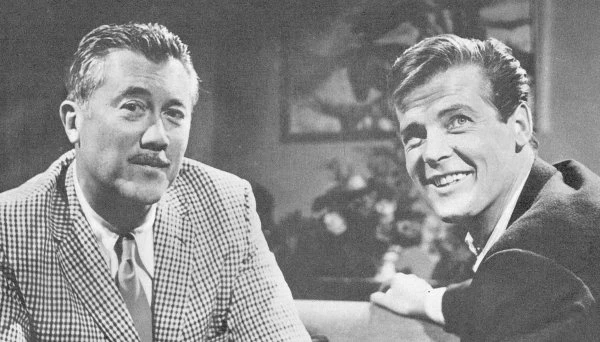
Charteris wanted Cary Grant or David Niven to play Templar. Grade wanted Patrick McGoohan, who had already proved he had international appeal starring in Danger Man. However, McGoohan wanted the producers to tone down Templar’s womanising. Robert S. Baker said he was 'difficult', and he didn't have the light touch required for the character. Craig Stevens (Man of the World) was also considered, but it was finally decided that ex-knitting pattern model Roger Moore would don the famous Saintly halo. Moore, who had previously starred in the 1958 children's swashbuckling series Ivanhoe and the US series Maverick had international appeal and was already a fan of Charteris’ character. In fact, he’d even tried to acquire the TV rights for himself, some years before.
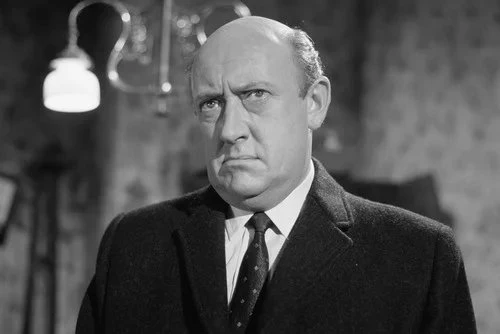
Roger Moore’s portrayal of Simon Templar is perhaps the most defining element of the 1960s Saint series. Moore’s Templar is suave, debonair, and always one step ahead of his enemies. He is a man of mystery, known for his charm and quick wit, often getting by on his intelligence, physical agility, and an ever-present smile. Moore’s Templar is not as dark or morally ambiguous as some earlier depictions, but he’s still capable of showing ruthless efficiency when necessary. The character’s defining traits include his flair for dramatic action, his ability to talk his way out of almost any situation by staying just the right side of the law (much to the chagrin of Scotland Yard inspector Claud Eustace Teal (Ivor Dean)), and his near-constant companion, a snazzy sports car.
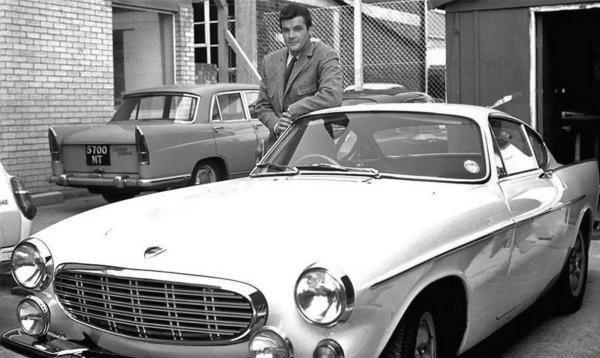
In the books, Templar drove a Hirondel, but this make of car only existed in Charteris’s imagination, so when looking for a car for the TV series the producer's first choice was a Jaguar. They wanted a Mk 10, even though the E-type was more of an iconic car - Roger Moore thought it would be too awkward to get in and out of whilst filming. But when production supervisor Johnny Goodman contacted Jaguar, they told him they couldn't guarantee delivery in time for the start of the production. A friend of Goodman's suggested a Volvo which he had recently seen in London, so Goodman went to have a look at it. Volvo were more than happy to supply not only the car but also a complete extra cockpit for studio filming. Once the series arrived on television Volvo made sure that wherever Roger Moore went, a Volvo would be waiting for him.
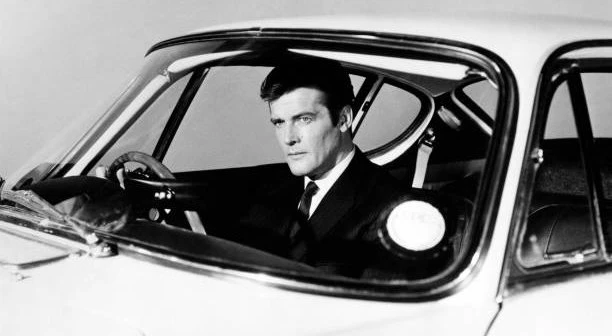
Roger Moore's own charisma and striking good looks were essential to the character's appeal, making him a perfect fit for the role. Unlike many action heroes of the time, Simon Templar was not a brooding figure. He was a man of the world, charming, often irreverent, and always able to handle dangerous situations with an air of confidence that made him the ultimate "cool" character of his era. His distinctiveness was also reflected in the show’s format. While the series followed a somewhat standard formula of "adventure of the week," Templar’s personal code—combining philanthropy and opportunism—gave the show a level of sophistication that was rare in similar series.
To give the series a more international appeal, and most importantly to sell it to an American network, Moore was told to adopt a somewhat ‘transatlantic accent’, it was English but with the hint of a US accent and it is quite noticeable in the first series - but it soon wears off.
Each episode typically involved Templar taking on a different mission, sometimes working as a freelance troubleshooter, sometimes trying to outwit a villain or uncover a conspiracy. Templar’s adventures often took him to exotic locales, which helped elevate the series to a level of global appeal even though the production never really left Britain’s shores. Apart from establishing ‘stock’ shots almost every foreign locale was filmed at the Associated British Elstree Studios in Hertfordshire.
While the show was ostensibly about high-octane adventures, the real joy came from watching Templar outwit his adversaries with a sly smile or engaging in repartee with the various women who appeared in the show. It was this combination of action, cleverness, and charm that made The Saint a standout in the crowded television landscape of the 1960s.
An enormous success both in the UK and internationally, the first series (plus the five that followed) was eventually sold to 63 countries around the world and reaped a profit in excess of £350 million. In Britain, it became a fixture of ITV's primetime schedule and established Moore as a television star. However, the series’ American success is indicative of its global appeal; Moore’s performance as the cosmopolitan, adventurous Templar resonated with American audiences, and the show’s international settings helped to cultivate an image of glamour and excitement. The fact that The Saint was one of the first British series to be widely syndicated in the United States also played a significant role in the show's global footprint.
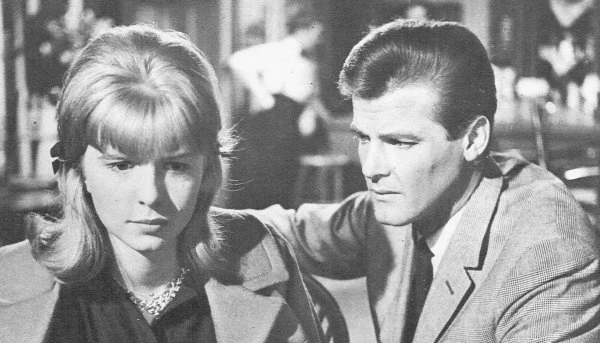
Watching the series today (it is often repeated on the UK TV channel Talking Pictures) viewers can play a game of Who’s Who with the guest stars, either established or on the cusp of becoming household names at the time. Ronnie Barker, Edward Woodward, Oliver Reed, Jean Marsh, Warren Mitchell, Lois Maxwell, T.P. McKenna, Jane Asher, Nanette Newman, Victor Maddern, Georgia Brown, Robert Hardy, Honor Blackman, Peter Vaughan, Barry Morse and Donald Sutherland are a few of the stars that would make up a performing artistes encyclopaedia of over 900 names.
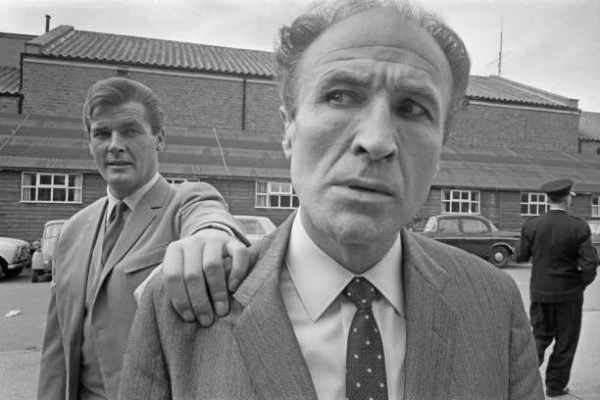
The Saint did not appear in colour until 1966 when Moore co-purchased the rights to the show. Two subsequent television attempts to revive the series starring different actors (Return of the Saint 1978-79 by ITC, starring Ian Ogilvy and The Saint 1989-90 by LWT, starring Simon Dutton), and an ill-received big screen version starring Val Kilmer have each failed to recapture the public's imagination in the way that the original series did, leaving Roger Moore's portrayal as the definitive version. The sophisticated, playful demeanour Moore developed for Templar served as a precursor to the lighter, more humour-infused approach he would bring to 007 beginning with Live and Let Die (1973). The Saint stands as an important part of Moore's career and a key moment in the action/adventure genre's evolution on television.
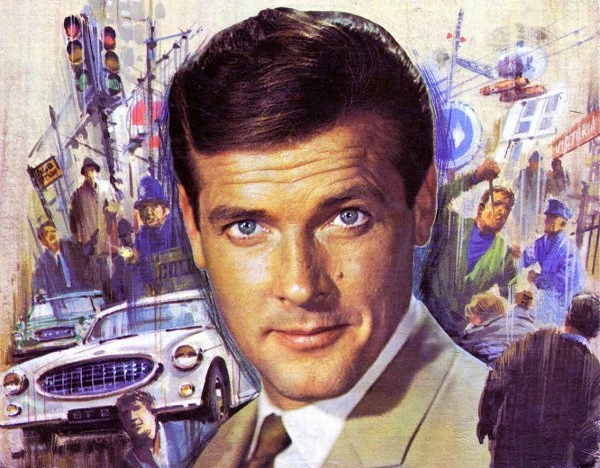
More than just a successful television series, The Saint proved that a well-crafted blend of wit, action, and charisma could resonate across international markets. Today, it remains a nostalgic touchstone for fans of classic television, showcasing an era when suave heroes, fast cars, and globe-trotting adventures were the height of cool.
Seen this show? How do you rate it?
Seen this show? How do you rate it?
Published on November 18th, 2024. Written by Laurence Marcus "So, you're the famous Simon Templar!" for Television Heaven.



